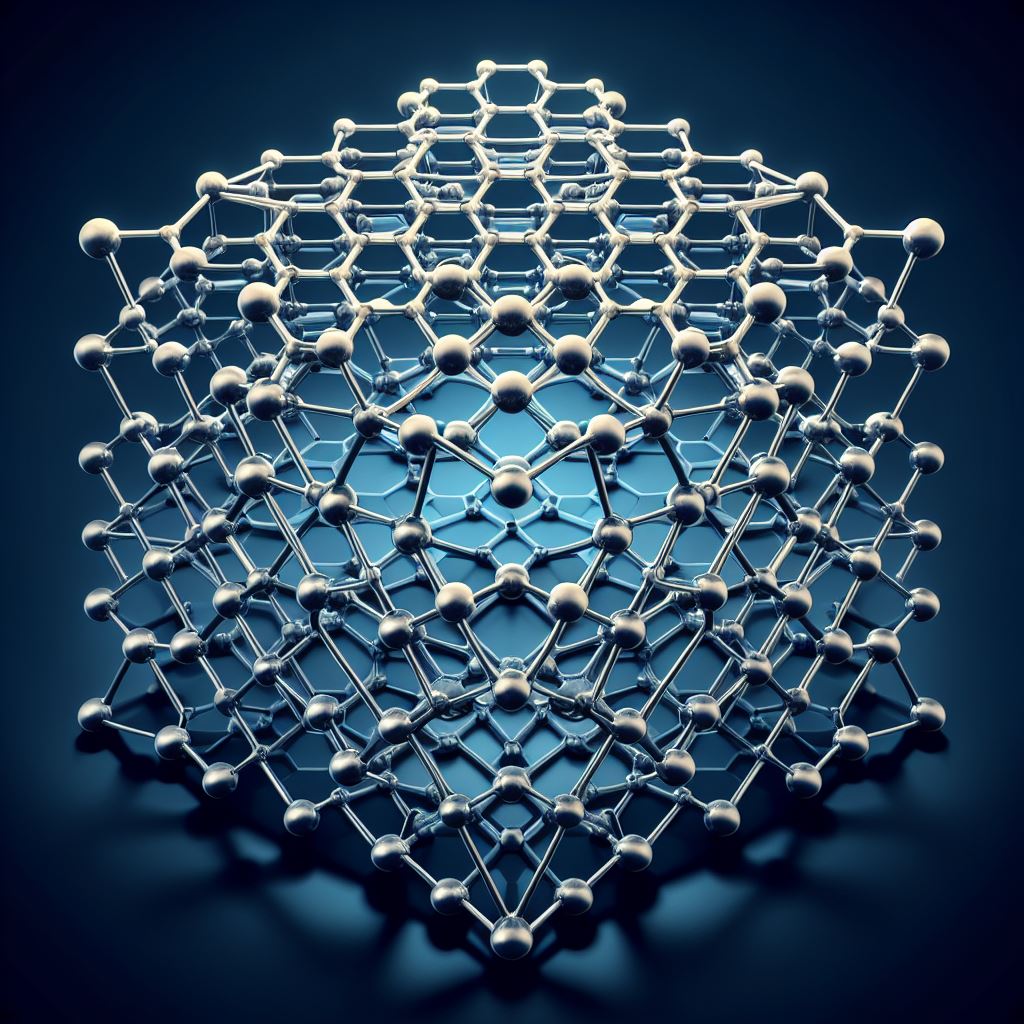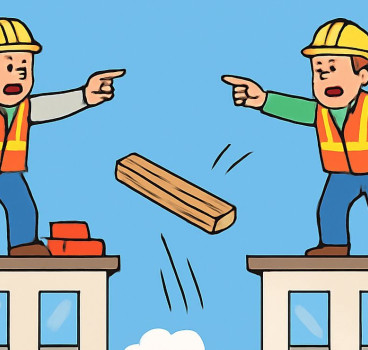Exploring graphene-enhanced materials in construction
The world of construction is on the cusp of a revolution, driven by the potential of a remarkable material – graphene. This wonder material, composed of a single layer of carbon atoms arranged in a hexagonal lattice, possesses properties that could redefine the very foundation of our buildings. From exceptional strength and lightweight construction to improved conductivity, graphene offers a glimpse into a future where structures are stronger, more resilient and potentially even "smarter," writes John Ridgeway.
The story of graphene's journey into the construction industry began in 2004 at the University of Manchester. Researchers Andre Geim and Konstantin Novoselov, now Nobel laureates, successfully isolated graphene for the first time using a rather unorthodox method – sticky tape. They peeled off thin flakes of graphite, a common material found in pencils and discovered a revolutionary single layer with extraordinary properties.
News of this special layer spread rapidly, capturing the imagination of scientists and engineers across the globe. Its exceptional strength – reportedly 200 times stronger than steel – coupled with its remarkable lightweight nature, sparked a wave of research exploring its potential applications in various fields, including construction.
Graphene's potential for construction
The potential benefits of incorporating graphene into building materials are truly exciting. Studies suggest that graphene can significantly improve the strength and durability of concrete. By acting as a reinforcing agent, graphene can enhance the material's ability to withstand stress and resist cracking, potentially leading to longer-lasting structures.

It also has the potential to deliver improved seismic resistance. Earthquakes pose a significant threat to buildings worldwide. Graphene-enhanced concrete, with its superior strength and elasticity, could offer better resistance to seismic activity, potentially minimising damage and improving building safety in earthquake-prone regions.
Due to graphene's lightweight nature, opportunities for incorporating it into building materials could lead to lighter structures. This translates to reduced weight loads on foundations, potentially impacting construction costs and offering design flexibility for architects.
Graphene's exceptional electrical conductivity also opens doors for innovative applications. Buildings with graphene-enhanced materials could potentially integrate heating elements, de-icing systems, or even self-monitoring capabilities through embedded sensors.
Ongoing research
While graphene-enhanced building materials are still in their early stages of development, we are already seeing some promising examples of their potential. The Graphene Flagship, a European Union research initiative is at the forefront of graphene research for construction applications. Their work focuses on developing graphene admixtures for concrete that improve its strength, reduce water permeability and potentially lower the carbon footprint of cement production.
First Graphene Ltd. an Australian company has conducted successful trials using graphene-enhanced cement for precast concrete panels. The results indicate improved strength and reduced water permeability compared to standard concrete.
At the Indian Institute of Technology in Bombay, researchers have explored the use of graphene nanoplatelets for strengthening concrete. Their findings suggest significant improvements in the mechanical properties of concrete composites.
Challenges and considerations
Despite the promising outlook and as with nearly all new construction materials, some challenges need to be addressed before graphene-enhanced building materials become mainstream.
Currently, producing large quantities of high-quality graphene remains expensive. Research efforts are underway to develop more cost-effective production methods to make this technology commercially viable.
Integrating graphene effectively with existing construction materials like concrete also requires further research. Ensuring optimal dispersion and compatibility is crucial for maximising the benefits of graphene reinforcement.
Furthermore, the life cycle assessment of graphene production needs careful consideration. Sustainable and environmentally responsible methods for graphene synthesis are essential for the long-term sustainability of this technology in the construction industry.
The future
Overcoming these challenges will require a collaborative effort from researchers, engineers, construction companies and policymakers. Further research is needed to optimise graphene production methods, improve its compatibility with existing materials and to explore its long-term performance in real-world construction applications.
Developing standardised testing procedures and safety regulations for graphene-enhanced building materials will also be crucial for widespread adoption to ensure their reliability and safety in construction projects.
Collaborative efforts between researchers and industry leaders are further needed to explore cost-effective and scalable methods for graphene production to make this technology commercially viable for large-scale construction projects. Conducting thorough life cycle assessments of graphene-enhanced building materials is also essential to understand their overall environmental impact.
However, there is no doubt that graphene-enhanced building materials hold immense potential for revolutionising the construction industry. By harnessing the unique properties of this wonder material, we can build stronger, more resilient, and potentially even "smarter" structures.
The possibilities
The possibilities with graphene-enhanced building materials extend far beyond improved strength and durability. They offer the potential to develop self-sensing and self-healing structures. Buildings with embedded graphene sensors could monitor their own structural health, potentially detecting cracks or damage early on and facilitating timely repairs. Additionally, graphene's conductive properties could pave the way for self-healing mechanisms that utilise electrical stimulation to repair minor cracks.
Graphene's conductivity could also be used to integrate passive heating or cooling elements within building structures, potentially reducing reliance on traditional energy sources. Furthermore, smarter infrastructure is possible. Buildings with graphene-enhanced materials could be equipped with sensors that gather real-time data on environmental conditions, occupancy levels, and energy usage – contributing to the development of smart cities and infrastructure.
This incredible material means that the future of construction is brimming with exciting possibilities. By embracing innovation and harnessing the potential of graphene, we can build a more sustainable, resilient and intelligent built environment for generations to come.
Sources
Additional Blogs

Construction’s obsession with blame instead of learning
Construction is one of the most technically advanced industries in the built environment, yet culturally it often behaves like one of the least reflective. When things go wrong and they frequently...
Read moreHow risk Is routinely pushed down the supply chain
Risk is an unavoidable part of construction. Every project involves uncertainty around ground conditions, weather, design coordination, procurement, labour and programme. Yet while risk is inherent,...
Read more

What if Building Control went fully digital?
Building control governs structural integrity, fire protection, energy efficiency, accessibility and countless other aspects of design and construction. Historically, this process has been highly...
Read more